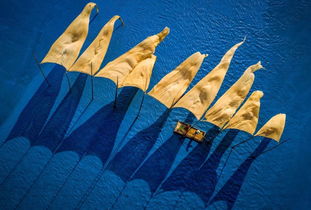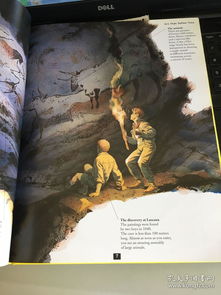Introduction: Summer is a season when fishing enthusiasts eagerly anticipate the arrival of mudfish, also known as loach. With their distinctive appearance and delectable taste, mudfish are a popular catch among anglers. However, catching these elusive creatures requires specific techniques and knowledge. In this article, we will explore the art of summer mudfish fishing, providing you with valuable tips and tricks to enhance your chances of success.
Understanding Mudfish Behavior: Before diving into the fishing techniques, it is crucial to understand the behavior of mudfish. These fish are bottom feeders and are often found in murky waters, such as ponds, lakes, and slow-moving rivers. They are nocturnal, meaning they are most active during the night. By understanding their behavior, you can increase your chances of attracting and catching mudfish.
Choosing the Right Gear: To effectively catch mudfish, it is essential to select the appropriate gear. Here are some key considerations:
a. Rod and Reel: A medium-action rod with a length of 6 to 7 feet is ideal for mudfish fishing. A spinning reel with a capacity of 250 to 400 yards of monofilament line is recommended. This setup allows for a delicate presentation and sufficient line strength to handle the wriggling mudfish.
b. Line: Monofilament line is commonly used for mudfish fishing. A line thickness of 6 to 8 pounds is sufficient, as mudfish are not particularly strong. However, consider using a slightly heavier line (8 to 10 pounds) if you are targeting larger individuals.
c. Hooks: Small to medium-sized hooks, typically ranging from size 4 to 6, are suitable for mudfish. These hooks should be sharp and designed for live bait fishing, as mudfish are more likely to strike when presented with a natural-looking prey.
d. Bait: Live bait, such as worms, insects, or small fish, is highly effective for catching mudfish. The choice of bait depends on the availability and preference of the fish in your specific fishing location.
Finding the Perfect Spot: Mudfish are often found in areas with dense vegetation, rocks, or fallen trees, as these provide cover and protection. Here are some tips for locating the perfect spot:
a. Look for areas with a mix of deep and shallow waters. Mudfish prefer to stay near the bottom but may move to shallow areas during the day to feed.
b. Search for areas with plenty of vegetation, as these spots often attract baitfish, which in turn attract mudfish.
c. Pay attention to the water flow. Mudfish are commonly found in slow-moving or still waters, such as ponds or the calm parts of rivers.
The Art of Presenting Bait: The key to successful mudfish fishing lies in the way you present your bait. Here are some techniques to consider:

a. Dead Bait: Attach your bait to the hook and let it sink to the bottom. Gently twitch the bait to mimic natural movement and entice the mudfish to strike.
b. Live Bait: If using live bait, let it swim naturally in the water. The motion of the live bait will attract the mudfish, who are attracted to the movement and scent.
c. The Plop Technique: Cast your bait close to the target area and allow it to hit the water with a gentle plop. This sudden noise can attract the attention of mudfish, especially when they are near the surface.
Patience and Persistence: Catching mudfish requires patience and persistence. These fish can be elusive and may not bite immediately. Here are some tips to help you stay focused and increase your chances of success:
a. Keep your rod tip slightly bent and be prepared to set the hook quickly when a mudfish strikes.
b. If you do not receive any bites after a few minutes, try changing your bait or moving to a different spot.
c. Stay patient and keep experimenting with different techniques until you find what works best for the mudfish in your area.
Conclusion: Summer mudfish fishing can be a rewarding and enjoyable experience for anglers of all levels. By understanding the behavior of mudfish, choosing the right gear, and mastering the art of presenting bait, you can increase your chances of success. Remember to practice patience and persistence, and you will be well on your way to catching these delightful creatures. Happy fishing!












